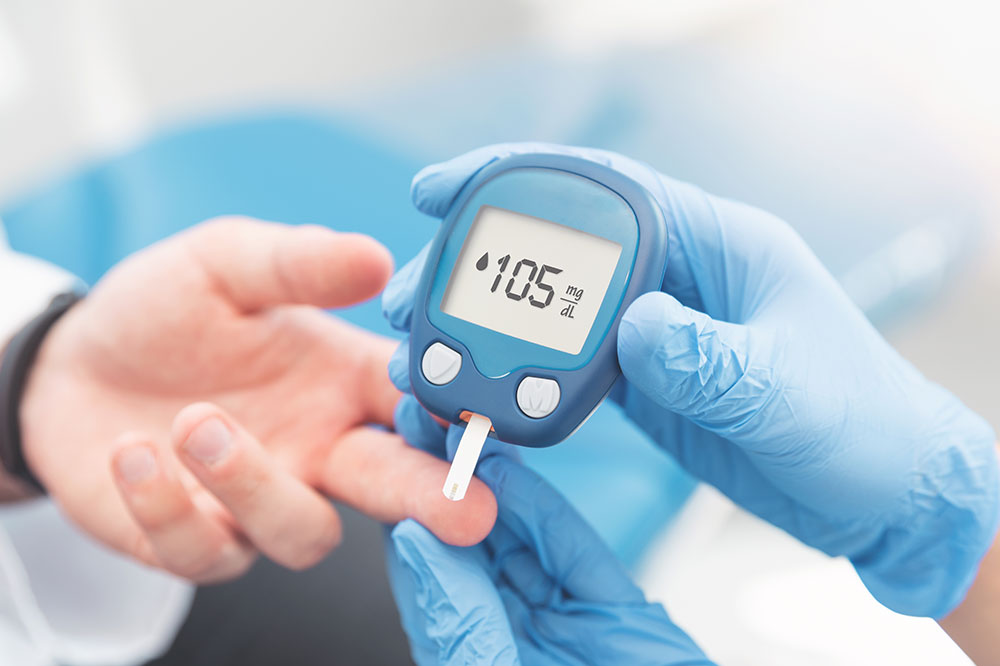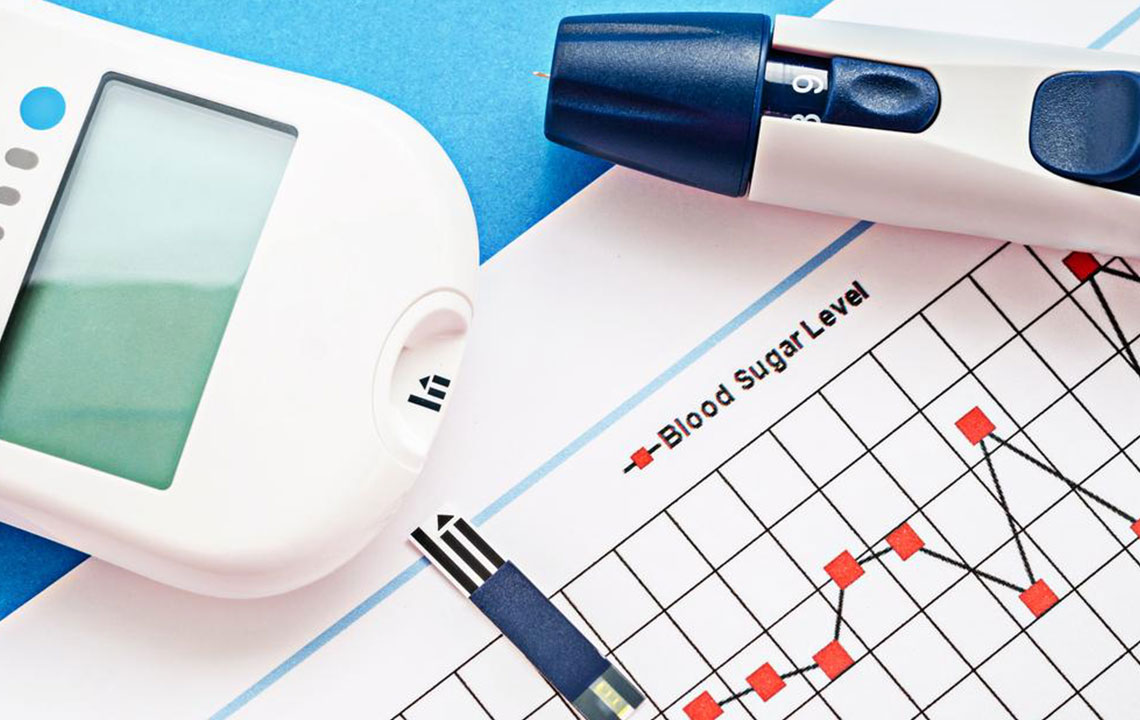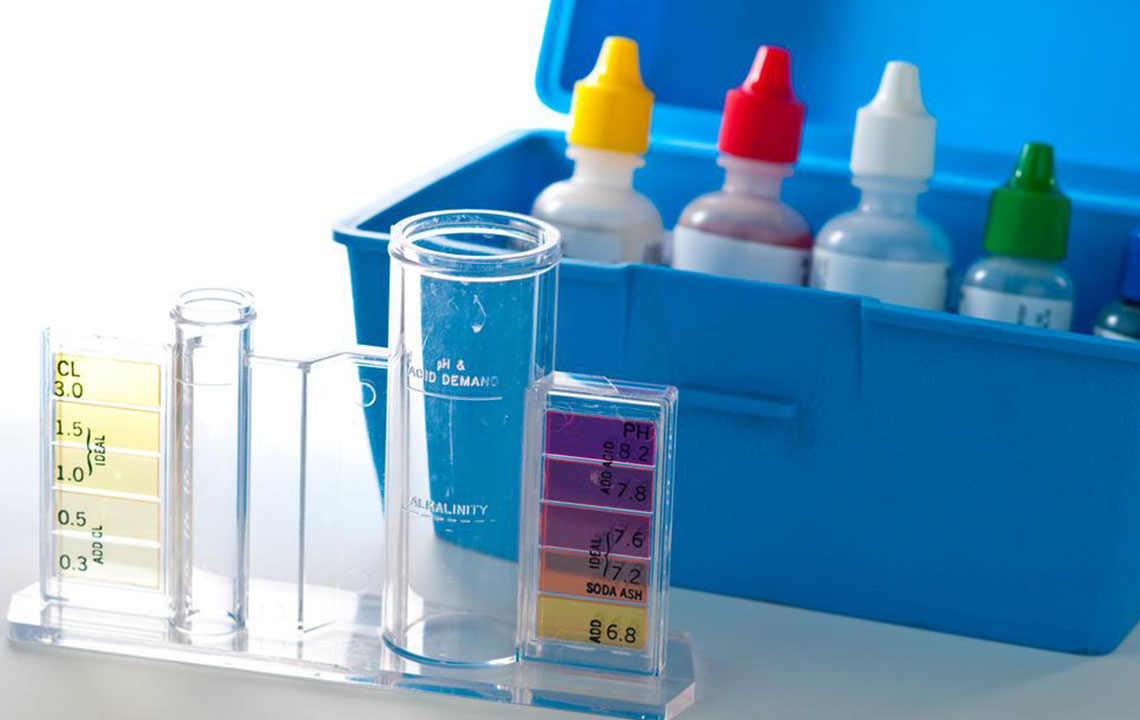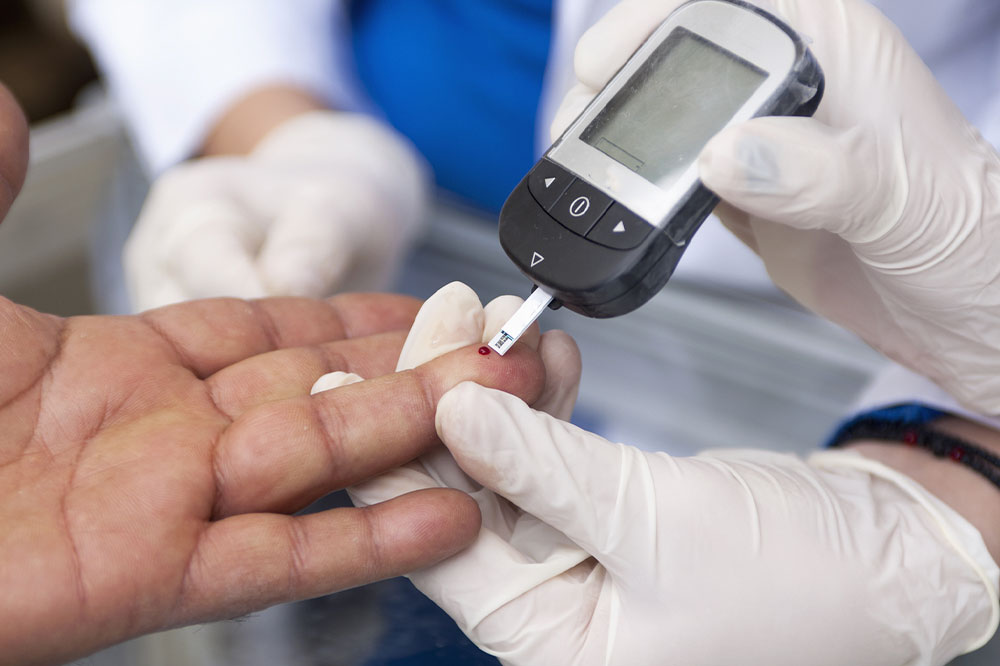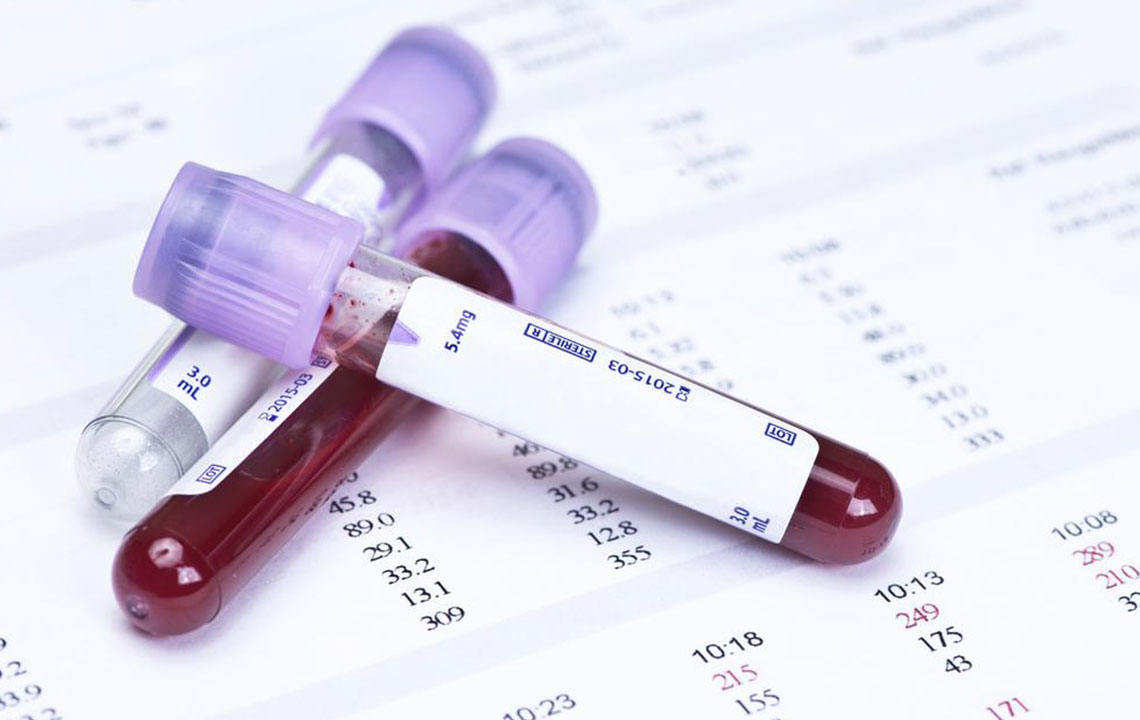Understanding Gestational Diabetes: Essential Facts for Expectant Mothers
This article provides essential information on gestational diabetes, including its differences from pre-existing diabetes, normal blood sugar ranges during pregnancy, diagnosis procedures, and management strategies. It offers expectant mothers guidelines for monitoring and controlling blood sugar levels to ensure a healthy pregnancy. The content emphasizes the importance of medical supervision and lifestyle adjustments to prevent complications and promote fetal well-being.
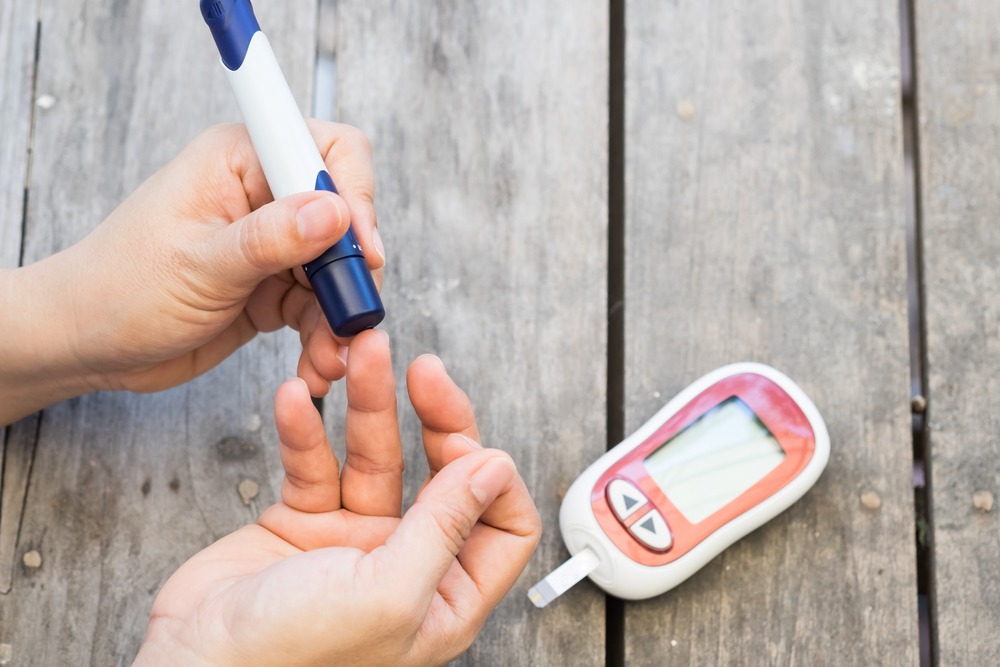
Understanding Gestational Diabetes: Key Information for Pregnant Women
Gestational diabetes is a condition marked by elevated blood sugar levels that occurs during pregnancy. As pregnancy advances, blood glucose tends to increase, making it harder for the body to produce sufficient insulin. Approximately 18% of pregnant women are affected by this condition. Fortunately, only about 3% of cases lead to complications. Continue reading to learn more about managing and diagnosing this condition.
Is pre-existing diabetes the same as gestational diabetes?
Gestational diabetes is distinct from pre-existing diabetes; it only develops during pregnancy and resolves afterward. Women with pre-existing diabetes remain diabetic both during and after pregnancy. These women face higher risks like premature labor, pre-eclampsia, kidney and eye issues, and episodes of faintness caused by high blood sugar levels.
Normal Blood Sugar Levels During Pregnancy
Women with pre-existing diabetes should monitor their blood sugar regularly, aiming for:
Fasting and pre-meal: 60-99 mg/dL
Post-meal (1-2 hours): below 140 mg/dL
A1C: around or below 6%
Expectant mothers with gestational diabetes should check blood sugar levels before breakfast and after meals. Normal ranges include:
Fasting/pre-meal: less than 95 mg/dL
Post-meal (about two hours): less than 120 mg/dL
Diagnosing Gestational Diabetes
Diagnosis typically occurs between 24-28 weeks. Two main tests are used:
Glucose Challenge Test: The mother drinks a sugary solution, and blood glucose is measured after an hour. Normal: 130-140 mg/dL. Abnormal results lead to further testing.
Glucose Tolerance Test: After fasting overnight, blood is tested, then the mother consumes a high-glucose beverage. Blood sugar is checked every few hours. Diagnosed if two or more readings are above normal.
Managing Gestational Diabetes
To keep blood sugar within normal ranges, pregnant women should:
Regularly monitor blood glucose levels before and after meals
Take prescribed medications as directed
Engage in daily moderate exercise for 30-60 minutes
Follow a balanced diet low to moderate in sugars and carbohydrates
Maintain adequate hydration by drinking plenty of water
The healthcare team will also monitor fetal development through ultrasounds and tests to ensure healthy growth.
Keywords: gestational diabetes, blood sugar levels, pregnancy health, diabetes management, pregnancy screening
Industry: Healthcare / Obstetrics & Gynecology

